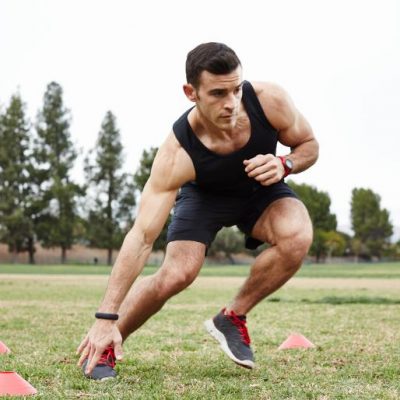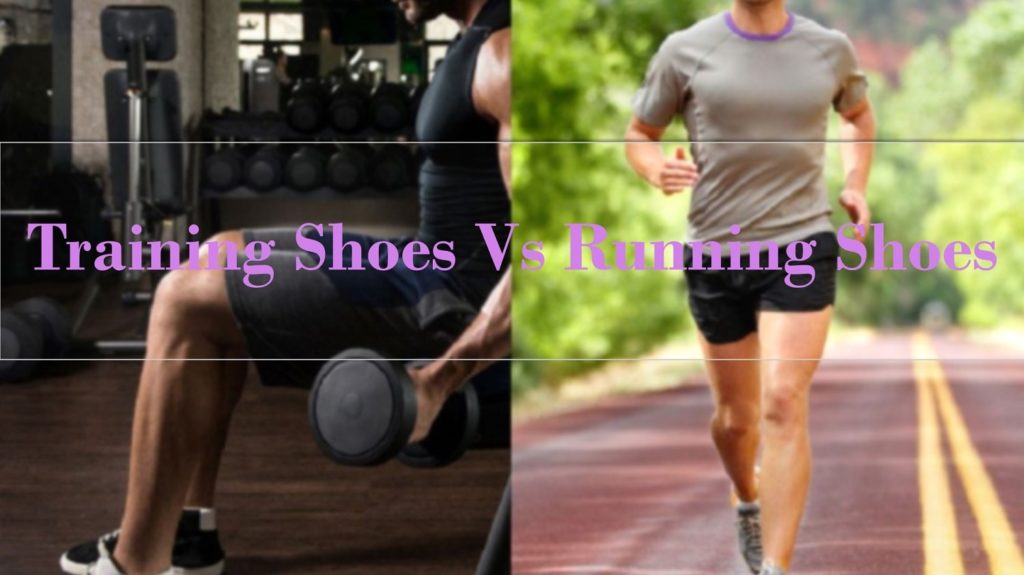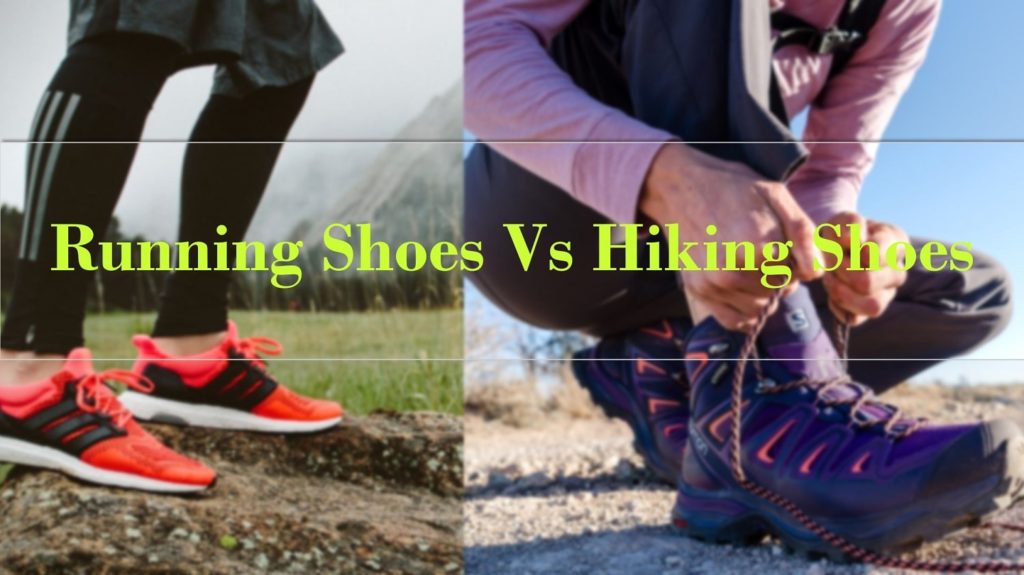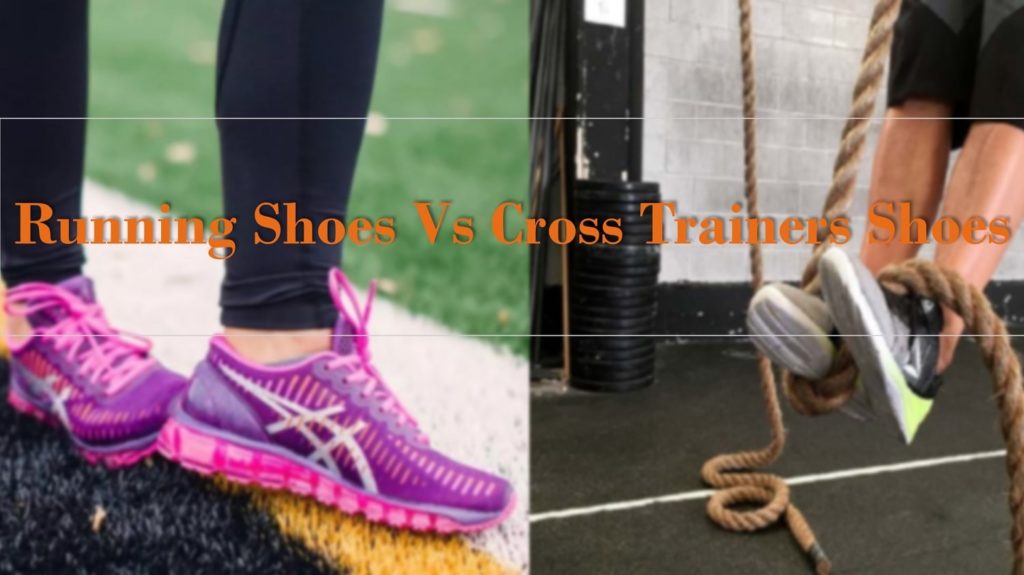Best Reviews of Cross Training Shoes
Cross Training Shoe Tips and Guides
If you are a cross training shoe newbie, then this section is for you.we have arranged a tonne of information about cross training shoes in general.
Here you can explore history, types and features of cross trainer and a few fun comparisons between cross training shoe and other shoes. Most importantly, we prepared the ultimate buying guides for you.
Don’t miss these articles if you are really serious about your next cross trainer.
Why go for cross training shoes?
Engineered specifically for elliptical training, cross training shoes are equally great for low-impact workouts. These shoes are designed to provide cushion and padding the balls of the feet so that a physical activity does not wear you down quickly. Flexible, giving ample protection and tailored to withstand shocks, cross training shoes are a must have for those who are regulars at the local gym, go for a run every day etc. Moreover, the fact that they are very flexible and light, means that they end up giving user a very comfortable experience.
Unlike other trainers, cross training shoes prove to be versatile and compatible. However, you should bear in mind that a cross fit training shoe is not going to be a great option for long distance running.
Depending upon your strides and width of your foot, you can choose a cross training shoe from a wealth of options. As the best economical choice, these shoes are going to leave you with the sort of satisfaction that is going to make your training experience even better than you ever expected it to be.
Special note
You need to be aware of one thing though. Cross fit training shoes usually sustain 100 hours of wear and tear so it is always advisable to keep an extra pair around.

Cross Training Shoe Reviews For Men
Most of men do some activities outside of running, a running shoe just doesn’t cut it. That’s where cross trainers come in. Cross trainers are essential because they provide lateral support unlike running shoes, which is a must when doing any kind of court activity. To be honest, it can be tough to find the right cross trainers for men.If you’re looking for the best cross training shoe, Don’t miss the following resources. Combing our top lists,unbiased ratings and reviews,you will be able to discover which cross training shoe you need.
Cross Training Shoe Reviews For Women
Finding the right cross training shoe is important for all women, but especially for those who like different sports activities. Having a reliable and efficient cross training shoe will reduce stress injuries to your muscles. But It takes some time to find the perfect cross training shoe for your needs and budget, but I’ve put together my top picks covering everything from “Top 10” to Recommendations for women with different type of arch and different budget.

Running shoes vs walking shoes

Running shoes
- Running shoes are the only type of athletic shoes on the market that have “Stability & Cushioning” built into the shoe which means they have dual-density foam inside of the shoe to control any collapsing in or overpronation of the feet.
- Flex at the arch, this relates to how the foot meets the ground while running.
- Running shoes usually have flared heel for added stability.
Walking shoes
- Walking involves rolling motion in forward direction starting from heel and ending with toes when foot lands on the ground, so for this reason, walking shoes are designed to flex at forefoot.
- Speed is not an important factor in walking so generally walking shoes are heavier than running shoes.
Training shoes vs Running shoes

Training shoes
- Training shoes are designed for multi-directional and especially lateral movements.
- Soles of training shoes are flatter than running shoes which makes it more flexible for a wide range of movements and weight training.
- Versatile for various types of exercise like high-intensity gym classes, weightlifting, strength, and agility training programs.
Running shoes
- Running shoes are made for heel-to-toe unidirectional movement and higher heel drop in running shoes comes from added support and cushioning to absorb shocks.
- Not good for weight lifting exercises.
- Not made for multi-directional or side to side movements.
- Good for long-running marathons and tracks.
Running shoes Vs Hiking shoes

Running shoes
- Very little break-in period is required.•Provide good support if you are carrying weight less than 25 pounds.
- Good traction on tails and even terrains.
- They are not waterproof but dry quickly.
- Wear out quickly and there is no ankle support, so there are chances of injuries on uneven terrain especially with backpacking.
- Retain water if soaked and takes a lot of time to dry completely.
Hiking shoes
- Hiking shoes are mostly waterproof that keeps them dry even if they are submerged to ankle height.
- They are manufactured with the strong and thick sole which protects the feet from uneven terrain.
- Hiking shoes are designed for excellent ankle support while carrying heavy backpacks.
- Hard material helps prevent snake bites.
Running shoes Vs Cross Trainers shoes

Running shoes
- Running shoes are designed and engineered for heel-to-toe motion so always go with running shoes if you go for a jog or 5K run.
- When you run, your feet hit the ground three times the weight of your body and running shoes are designed to be good shock absorbers.
- Thick cushiony material on arch area supports flat feet.
- Not suitable for gym or cross training as the cushioning will compress when doing weightlifting.
Cross Trainers shoes
- Activities like aerobics, Zumba, weight-training or any exercise on hard surfaces that involve lateral movements.
- Cross trainers are more cushioned on in the forefoot area, so if you land on your toes they will protect you from toe injuries.
- Material used for cross-trainers is different and usually stronger than running shoes which makes them hardwearing as cross-training exercising can be tough for your shoes.
Frequently Asked Question - FAQ
Q: Does an expensive pair of shoes guarantee me high quality?
Ans. If you are wearing pretty much the same few shoes every day, then yes. Running or exercising in cheap shoes will injure your feet so don’t compromise on quality. Spending some extra bucks on a durable, comfortable and lasting pair of shoes is worth it. But keep in mind that most of the retail products are made to last one to two seasons, so it is recommended to invest in shoes with sturdy construction and high-quality material.
Q: What should I do if my conditions (flat feet, overpronation etc.) don’t allow me to wear normal shoes?
Ans. Flat feet AKA overpronation causes more problems than you may realise and can be literally very painful. If you are suffering from flat feet, you need to wear shoes that provide stability and cushioning and control pronation to the arch area. When looking for the right shoe, it is essential to review the technical specifications to make sure that they provide required control, support and cushioning to arches.
Q: Are cross-training shoes only limited to CrossFit?
Ans. No, cross-training shoes are specifically designed for intense fitness regimen consisting of aerobic exercises, calisthenics (body weight exercises), and weightlifting. They can be used for other activities like running, playing tennis or walking. If you are running more than 3 miles, then using cross-training shoes is not recommended as they don’t provides same amount of cushioning and tread as running shoes.
Q: How should I breathe when running?
Ans. Breathing properly while running can help you run faster and longer with less effort. While running you need to:
- Breathe with your diaphragm.
- Take longer breaths and use your mouth to breathe.
- Use a breathing pattern e.g. Inhale for three and exhale for two steps. You can experiment with different breathing patterns to find what suits you best.
- Try to talk to check if you are breathing properly. You should be able to form full sentences while running without huffing.
Q: What should I consider when investing in cross training shoes?
Ans. For an intense cross-training regime, support and protection of your feet is key. Consider the following rules for finding the right cross-trainers for your feet.
- Arch
If you feel pain in your feet after exercising, you may have wrong shoe for your foot shape. Get your feet examined to determine whether you have high arches or flat feet. If you have flat feet, look for stability or neutral shoes. This will keep your feet in natural position. And if you have normal to more curved arches, you should stick to more cushioned soles. - Shoe Uppers
An important characteristic of cross-training shoe is a stable, supportive cover around your feet. When buying cross-training shoes, look for a pair that has breathable mesh on top and is supportive throughout. And if you require more grip, consider a pair with leather in the upper. - Brand
There are so many options in the market and it can be overwhelming experience to figure out what cross-training shoe to buy. Your personal favourite brand may not be right fit for your feet and each brand fit a little different. Consider over four to five brands when committing to new a new pair of cross-trainers. - Fitting
If your cross-trainers are too small, you run the risk of pain in your toes and feet. If they are too big, your feet will move inside the shoe during any activity as there will be no grip and you may suffer from painful blisters. So when you buy the shoes, immediately try them on without your socks on. If your feet are not comfortable, simply don’t buy them or return if you bought online.
Q: What is the importance of wearing proper shoes?
Ans. Shoes play very important role. They protect our feet, cushion our body weight and make us feel comfortable and fashionable. Finding a good pair of shoes and making sure that they fit is important. Poorly fitting shoes can cause injuries and various foot problems like flat feet, corns and more. People have different feet type and shapes, so shoe that may work for someone else may not work for you. When you find a right pair of shoes, make sure that they
- Are meant for the activities you want to perform.
- Have sturdy construction.
- Fit your feet properly.
- Are comfortable.
- Stand up and make sure there is 3/8″ or 1/2″ between your longest toe (usually the second toe) and the end of the shoe.
Q: What foot Injuries can be caused from wearing improper shoes?
Ans. Wearing bad shoes can result in various foot problems and can lead to severe injuries including
- Corns.
- Damaged nails and nail plates.
- Fungal problems.
- Athlete’s foot.
- Intense itching.
- Inflammation.
- Collapsed arches.
- Back pain.
- Joint pain.
Q: How often should I replace my cross-training shoes?
Ans. Lifespan of cross-training shoes is roughly 6-7 months of regular use. Like any other shoe, cross-trainers will show signs of wearing on the upper, sole and below the shoe. CrossFit involves a lot of lateral movement, so you should look for fraying and ripping. If you see the inner material, it’s time to get rid of them.
Q: How should I stretch shoes at home?
Ans. There are different ways to stretch your new shoes at home and usually don’t require much effort. Following are some of the ways you can use.
- Wear shoes at home.
- Put on a thick sock and wear the shoe. Now blow dry the area where the shoe feels tight for 20 to 30 seconds. Now remove the sock and wear the shoe to check if it is still tight. Repeat if shoe still does not fit.
- Freeze shoe with a bag of water. Put the bag of water in the shoe and put the shoe into the freezer for a night.
- Peel a potato and put it into the shoe. Moisture of potato will be absorbed by the shoe and it will stretch.
- Invest in a shoe stretcher.


